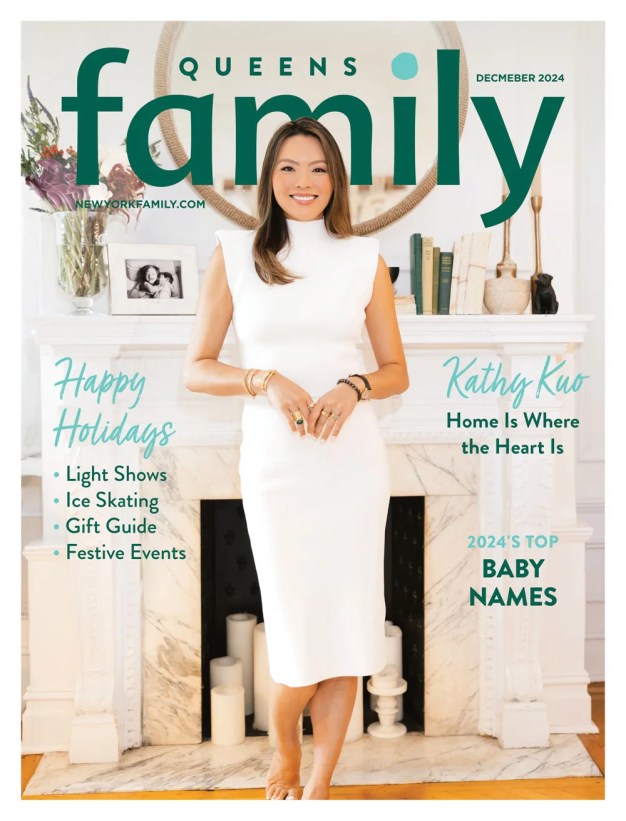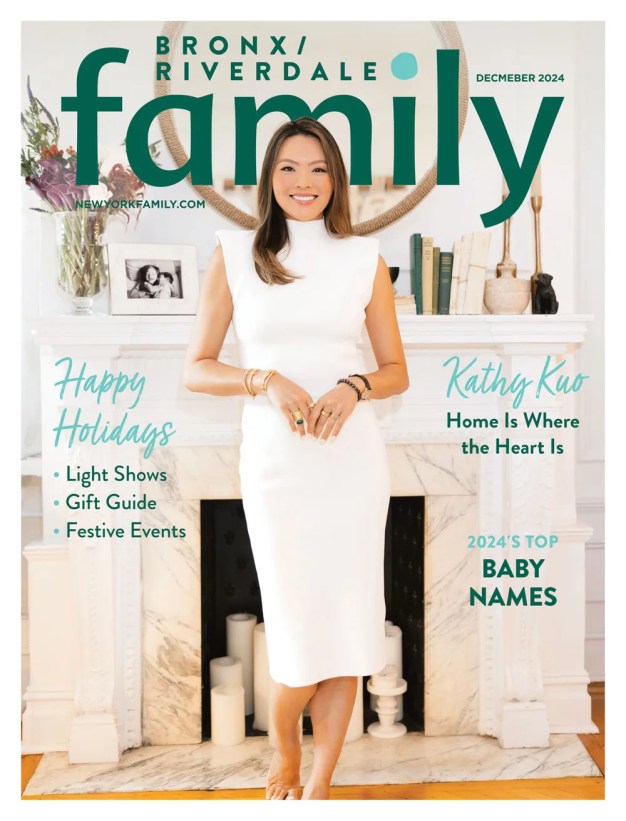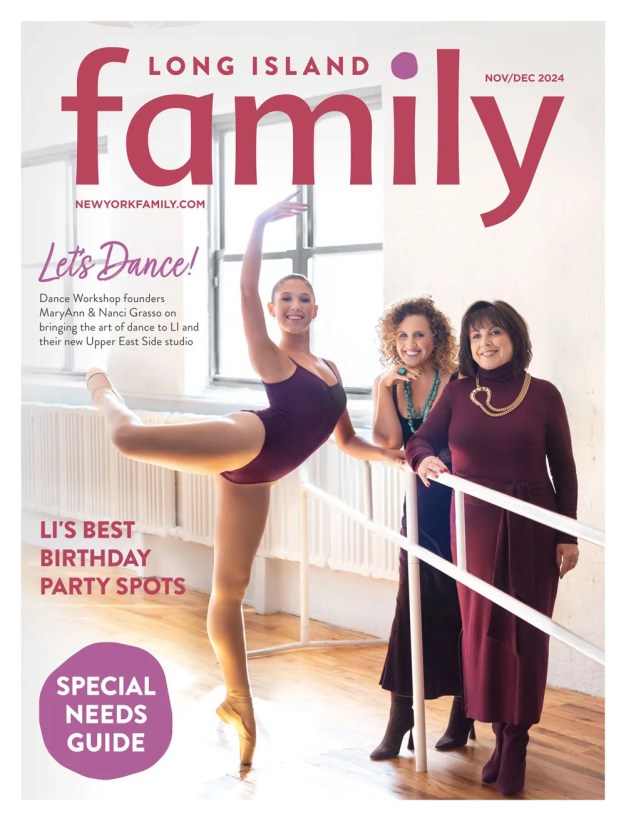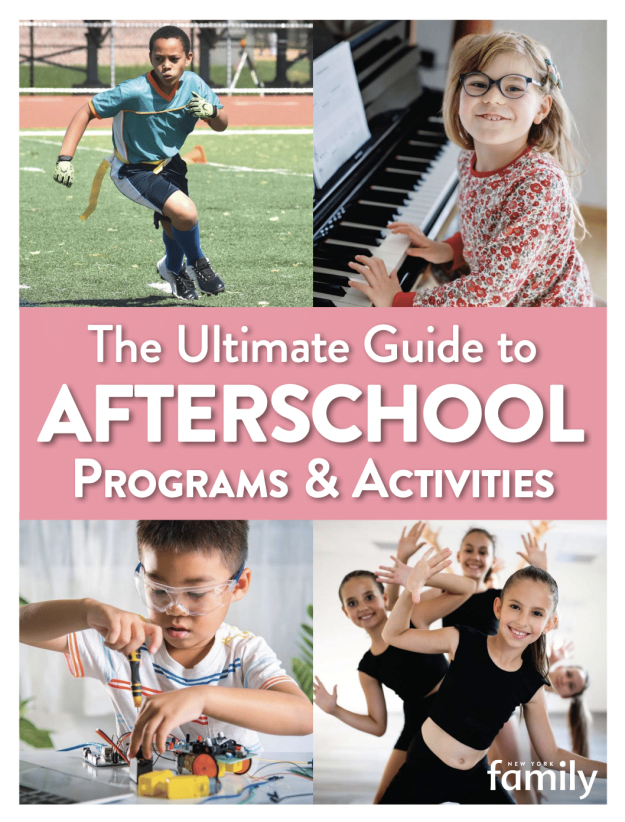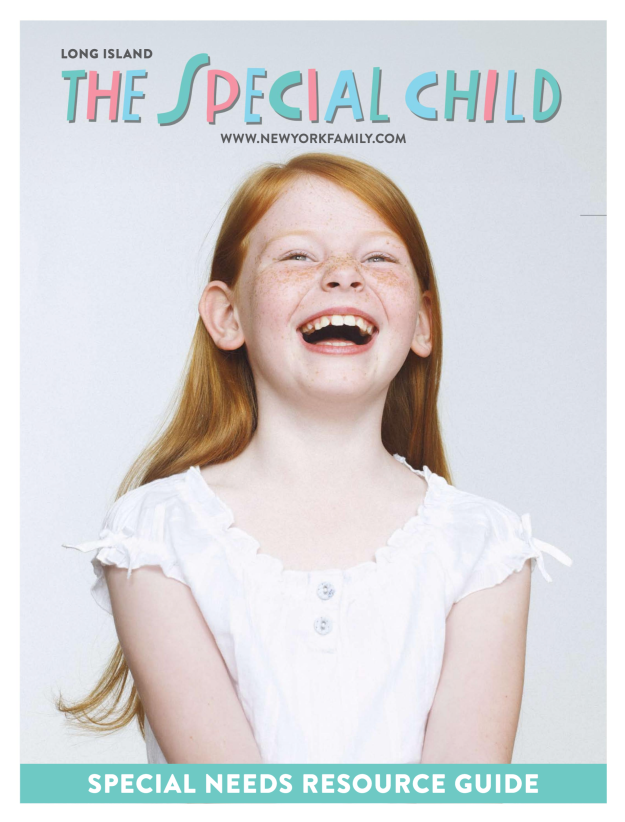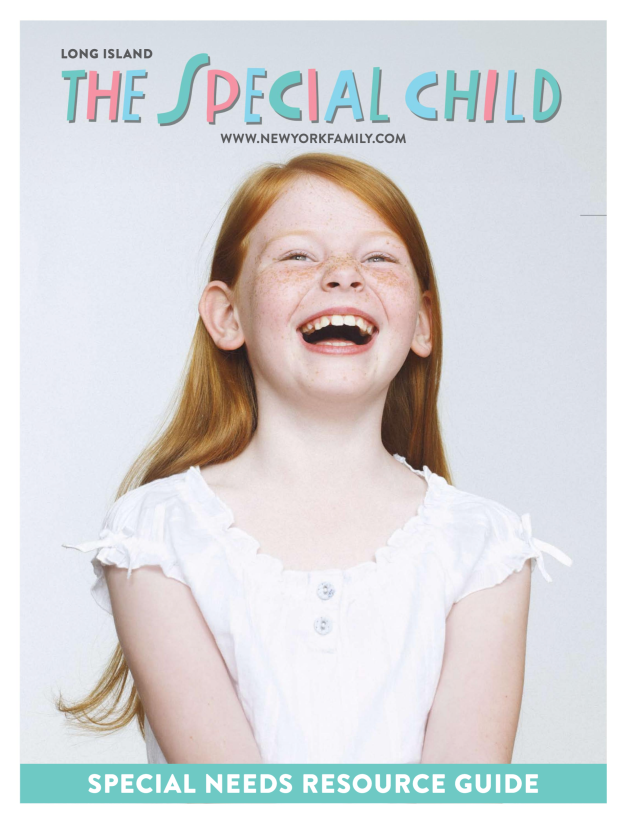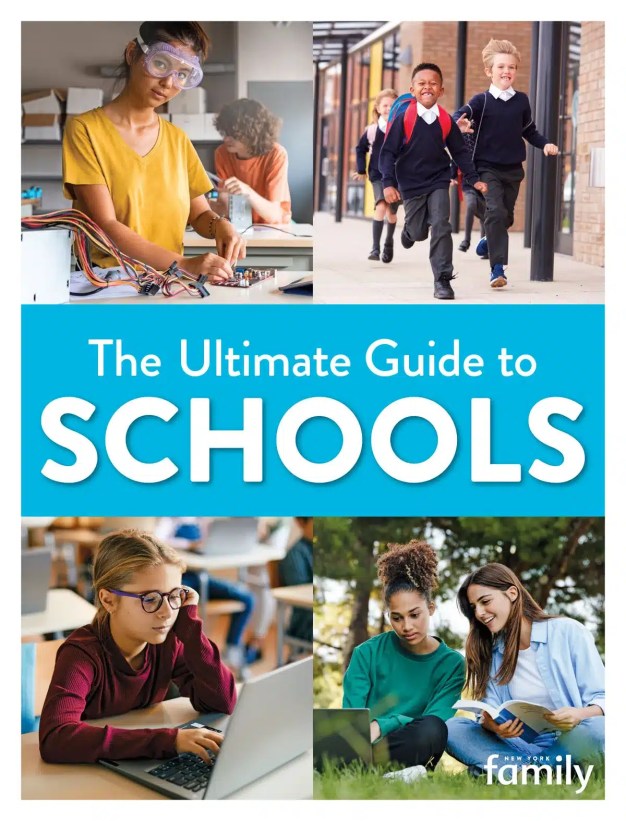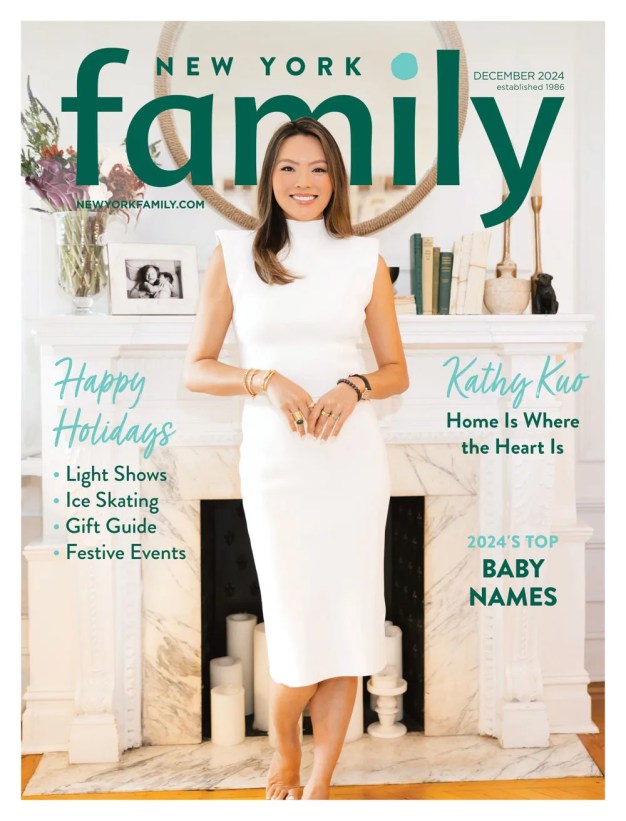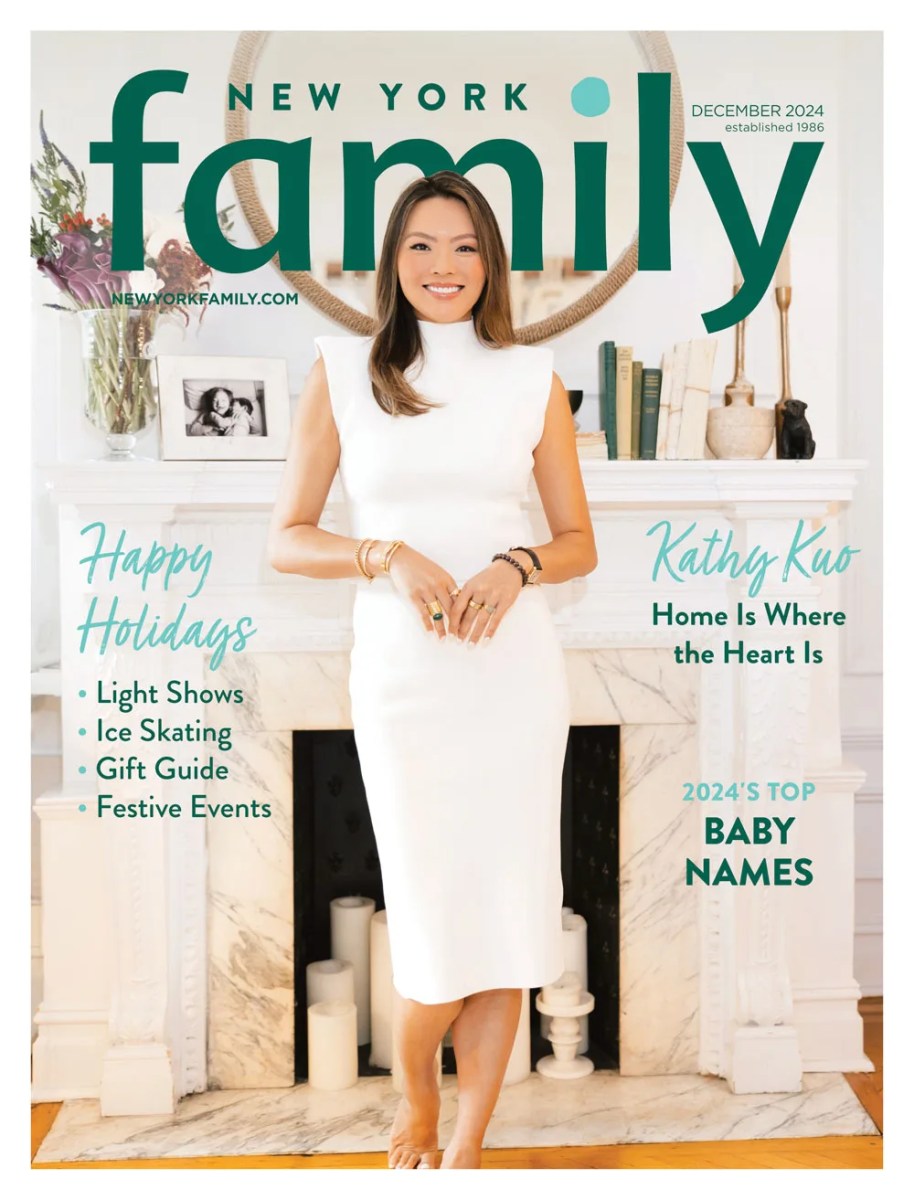As parents, we know that we must have life insurance in order to protect our families should something happen to us. Yet, how many of us know the extent of protection offered by our employer’s life insurance plan? Or feel assured that we have enough coverage to keep our family members in their home or our children in school in our absence? And, even more basic, who among us even wants to begin a conversation based on the possibility that we may not be here to protect our families ourselves? To help guide parents through the process of deciding on a life insurance plan, we asked local financial professionals for their advice.
Think Of Life Insurance As A Financial Tool
“When people think of life insurance, they think of the end,” says Larry Bahr, financial consultant for Axa Advisors. “It becomes such a dismal conversation.”
Bahr recommends that parents ease their discomfort with the subject by thinking of life insurance as “just a financial tool that we’re all using, that is part of the portfolio of products that we use in our financial planning.”
Consider Your Needs, Wants, And Goals
When considering the amount and type of life insurance that works best for your family, first have an honest conversation with your partner about your family’s priorities. As Bahr points out, “There’s both a practical, financial part of planning and an emotional [part].” Beyond discussing obvious immediate needs, from mortgage payments to child care, a couple should also discuss their wants, such as saving for their children’s college educations, and their goals, including a retirement fund and money for favorite charities.
Ultimately, the decision is a personal one, because every family has different expectations.
Term Insurance Versus Permanent Insurance
Generally speaking, life insurance can be broken down into two types—term insurance and permanent insurance. “Term plans typically cover you for a specific amount of time, and the coverage ends when that time period ends. We often say it is like ‘renting’ insurance,” explains Scott Berlin, senior vice president in charge of the Individual Life Department at New York Life Insurance. Typically, parents purchase term insurance for a 20-year period so that their families can maintain a certain lifestyle until their children are out of the house.
Term insurance is generally attractive to young families because it is paid through level premiums over the life of the policy and offers the most coverage for the cheapest price.
Permanent insurance, on the other hand, “is designed to provide death benefit coverage for your entire life and build cash value that you can borrow against tax-free through loans,” according to Berlin. Thus, while permanent insurance is more expensive than term insurance, it offers you an opportunity to build up “cash value,” which Bahr likens to building up equity in a home, and Gail Linn, CFP, a financial planner with Strategic Planning Group, an office of MetLife, describes as a kind of “forced savings.”
When deciding which type of insurance to purchase, “families should consider what they need to insure, how long they need the coverage, their budget, and risk tolerance,” Berlin says. Whatever they choose, Bahr stresses that parents should lock in to a life insurance policy when they are young, healthy, and can get a favorable rate.
Insure Both Income And Value
Where both parents in a family are working, think of life insurance as a form of income replacement. According to Berlin, “The income of both wage earners should be insured to keep the family in the lifestyle they have become accustomed
to.”
However, if one
parent is a stay-at-home parent, most financial professionals agree that
he or she is providing a value that must also be covered by life
insurance. “If one parent is a stay-at-home spouse, couples need to
consider what it would cost to replace all the things that person
does—child care, household management, food purchasing and preparation,
transportation, etc.,” says Berlin.
Employer-Provided Life Insurance Is Valuable, But
Not Enough
Life
insurance through your employer is certainly valuable tool, but most
experts say it’s usually not enough. One reason is that
employer-provided insurance is typically one to two times the amount of a
person’s salary, which is a great place to start and helpful in
controlling your overall life insurance costs, but not adequate coverage
for a family. In addition, while departing employees may sometimes have
the option of taking their employerprovided life insurance policy with
them, once they leave, their previously low premiums may become more
expensive. “The benefit of having your own personally owned life
insurance is that you don’t have to worry about it every time you change
jobs,” says Linn. “You would have in place the appropriate amount and
type [of insurance].”
Avoid Formulas And Magic Numbers
Linn says that many couples
come to her convinced that their family. This seems to be the “magic
number,” no matter whether a family earns $50,000 or $250,000. However,
Linn points out that while $1 million “sounds big or sounds adequate…for
people making $250,000 a year, that’s really only 4 years of income.”
Likewise, Bahr notes that while he’s aware that there are a lot of
“quick formulas” out there, he doesn’t know of any situation in which
he’s used them. Instead, financial professionals suggest families focus
on their individual circumstances.
Do Your Homework And Use Your Resources
When it comes to choosing a
company to work with, Berlin recommends doing your homework. Look for a
quality company with a long history of stability and strength.
“Remember
that you should be planning for the long term, so the company you
choose needs to be able to fulfill its promise to you far into the
future,” notes Berlin.
There are several research tools useful
in determining the amount and type of insurance a family needs,
including insurance calculators available on the websites of New York
Life (newyorklife.com), MetLife (metlife.com), and Axa (axa.com). For
additional information, visit the websites of the Life and Health
Foundation for Education (lifehappens.org) and the Insurance Information
Institute (iii.org), which both offer information on insurance basics.
However, online research and quotes are not a replacement for working
with a qualified financial professional.

